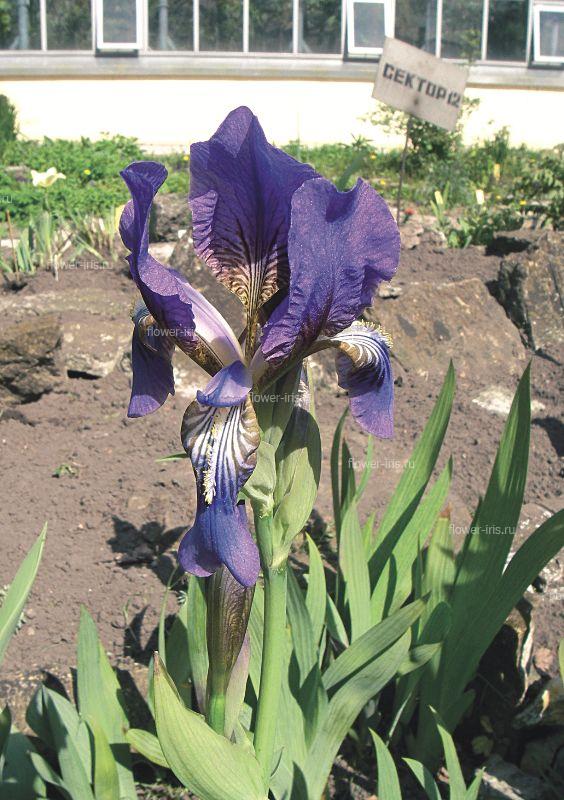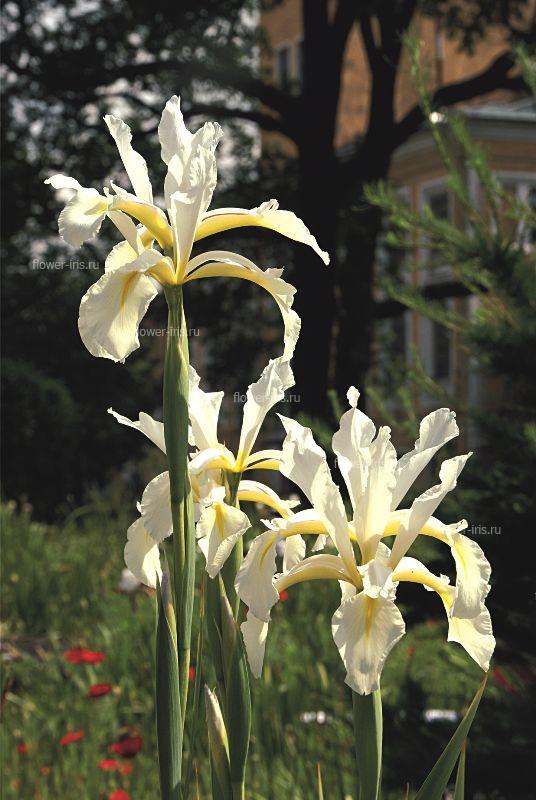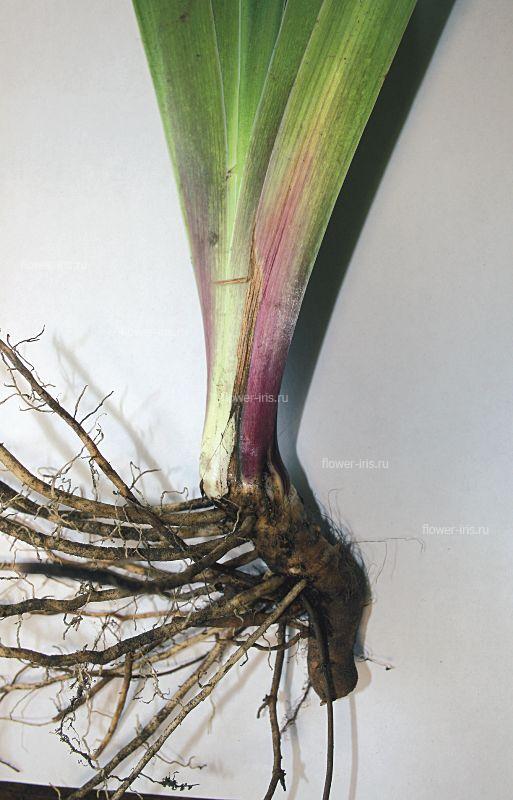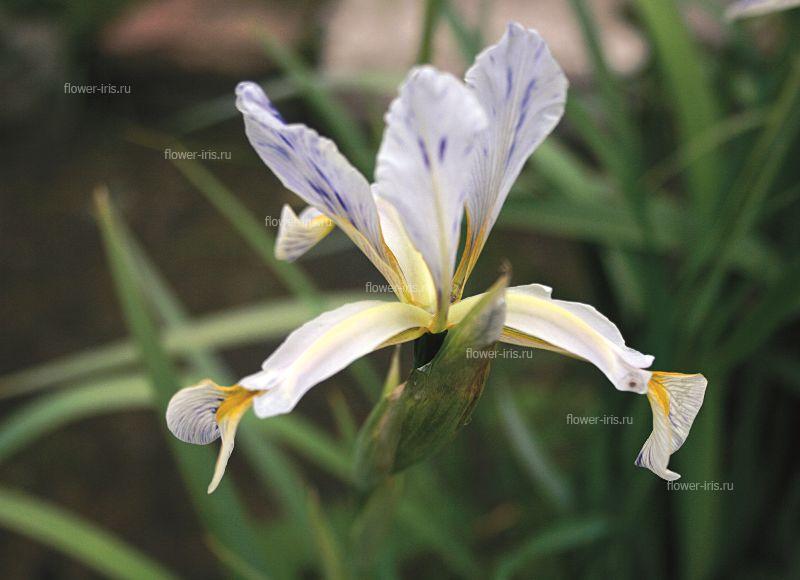|
News Camellian readings in St.Petersburg Photo Gallery |
Bulbous Iridaceae (bulbous)Homepage → Books on Iridarium (Iris Garden) → Look in the book → Bulbous Iridaceae (bulbous)
Introduction
Create iridariya Family Iridaceae Bulbotubers Bulbous Rhizomatous Genus Iris Subgenus Iris Subgenus Limniris Subgenus Eremiris Subgenus Xyridion Subgenus Tenuifolia Genus Pardanthopsis The exhibition "Iris Russia" Exposure Iris garden Cultivate Insect Pests and diseases of Irises Literature The translation is done through the service translate.google.com. Bulbs - are specialized organs of vegetative regeneration and reproduction, are at the same time, the storage organs of plants. We strongly metamorphosed underground bulbs (less overhead) escape with a short stem with very short internodes (stems) and fleshy scaly leaves or expanded bases, which are used for storing water and nutrients (especially carbohydrates). Outside covered with dried up onions filmy gauze or scales, which, having spent nutrient reserves, play a protective role. Thus, representatives of the Ginandriris (Ginandriris), have tuberous collum bulbs, dressed scaly, with a fleshy base of the leaves, which gradually become dry and reticulate-fibrous. Genus is represented by two species - G. maricoides, living in the southern desert regions of Central Asia, and G. sisyrinchium, living in dry desert areas of northern Iran, Asia Minor, and in countries around the Mediterranean Sea. At common in Central and South-West Asia birth Ksifium (Xiphium) and Juno (Juno) of the stems bulbs may be poorly developed, and the main part of it is 3-5 (rarely more) fleshy scale-like leaves. In the genus Iridodiktium (Iridodictyum), common in South-West Asia, from a small bulb is only one fleshy scales, fused their sides. During flowering and fruiting of this scale becomes dry and reticulate-fibrous, being replaced by the newly developed, young scales. All those sorts of introduction passed test Iridarii. Rhode Iridodiktium (Iridodictyum Rodion.) The genus name of Greek origin meaning "reticulated iris." Perennial with small onion, consisting of outside reticulate-fibrous scales, inside - out one large fleshy tunikatnoy scales and several small rudimentary scales in the center bulb. Fibrous roots, multiple, unbranched, during dormancy dying. The leaves are ground-level, four-, or many-sided, or narrow-grooved, when flowering stalk are below (with fruiting lengthened to 90 cm). Single-flowered stems, flowering period underdeveloped at the time of ripening capsule reaches 3-8 cm long. The flowers are 5-7 cm in diameter, in some species with a fairly strong aroma, light-colored, with a corolla shestirazdelnym perianth, with a fairly long tube. Triangular box. Seeds are small, with little or no prisemyannikom. Genus is represented by 11 species, which grows in the mountains and foothills of the Caucasus and Asia. All species are very decorative, especially good for rock gardens and as potted plants vygonochnyh. Most species of winter-hardy enough. Vinogradov (I. winogradowii) thrives in a culture can bloom and bear fruit in one place for more than 20 years. I. Dunford (I. danfordiae) blooms for three years and then falls out. I. Net (I. reticulatum) presents a rich set of classes. On Iridarii years winter without shelter varieties and. net: Cantab - light blue flowers with bright golden-yellow band in the center of the outer lobes and Ida - purple flowers with bright yellow stripe in the center of the outer lobes. On Iridarii tested varieties and. net: Clairetty, Harmony, Royal Blue, Spring Time, etc. Rhode Ksifium (Xiphium Mill.) The genus name comes from Greek. xiphos - sword (in the form of leaves). Perennial plants with bulbs from 3-5 (7), fleshy, non-united scales, covered with dry brown membranous scales. Uzkozhelobchatye leaves, bracts thick, leathery covering the ovary. Stems 30-80 cm tall., 2 -, 3-flowered. Flowers with a simple, six-membered a corolla perianth, without flavor. Perianth tube expressed or absent. Domestic shares narrowly or broadly, upward directed, or substantially equal outer shorter. Outer lobe with a nail, a horizontal, and round or oblong plate hanging down. The bar is cut to the base of the pistil 3 petaloid share, at the end of each - 2 comb outgrowth. Ovary inferior, three-celled. Triangular box. The seeds are small, round, pear-shaped or slightly flattened, sometimes tapered, without prisemyannika. Genus is represented by six species, growing in the north-western Mediterranean. The collection of varieties grown because ordinary: Bronze Queen, Covent Garden, Imperator, Margaret, Symphony. Currently Iridarii are two varieties - K. latifolia (X. latifolium Mill. Cv. Queen of the Blues), and because the usual (X. vulgare Mill. Cv. Golden Harvest). On well-drained sunny spot winter without shelter. Rhode Juno (Juno Tratt.) Genus is named after the Roman goddess. Juno is the ideal of feminine power - "rodovspomogatelnitsy." Perennial plants with bulbs from 3-5 (7), fleshy, non-united scales and a few dry filmy covering scales. The leaves are narrow or shirokozhelobchatye, b. including sickle deflected. Flowering shoots or well defined, with flowers sitting in the axils of the leaves, or with very closely spaced internodes and 1 (2) flowers on top. Flowers with a six-membered simple perianth corolla tube and well-defined. Inner perianth lobes are 2-3 times smaller than the outer, recurved or prostrate to the sides; external - with a winged or wingless nail, rolling in at half-mast plate is the central vein at the junction of the nail in the limb in many species is a distinct ridge. The bar is cut to the base of the pistil 3 petaloid segments, each of which ends with 2 large comb-like outgrowths. Capsule dehiscent by 3 valves. Seeds globose, prisemyannikom with or without him. Described about 60 species distributed in Central Asia, Kazakhstan, the Caucasus, northern Afghanistan, Iran, and Asia Minor, on the Mediterranean coast of North Africa. Juno all typical early, short growing season and long years of peace. The majority of species in nature confined to the clay-stony soils of the foothills, the lower and middle mountain belt, some go to the upper belt of mountains up to an altitude of 2500-3000 m above sea level. Most types of meters - very ornamental plants and widely introduced to the culture of foreign firms: w. Bukhara (J. bucharica), w. excellent (J. magnifica), w. Orchids (J. orchioides), w. Tubergena (J. tubergeniana), etc. In the Botanical Gardens in the open field without shelter wintered th. Vvedensky (J. vvedenskyi), w. gorgeous, w. Caucasian (J. caucasica), w. lineynolistnaya (J. linifolia), w. Nicholas (J. nicolai). Great future in Juno as vygonochnyh potted plants. When planted in the fall in pots and exposed in a cool greenhouse at a temperature of 3-7 ° C, they bloom profusely in January and February. |


 Eng
Eng









